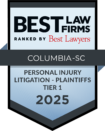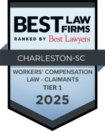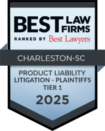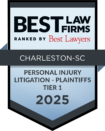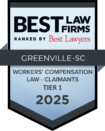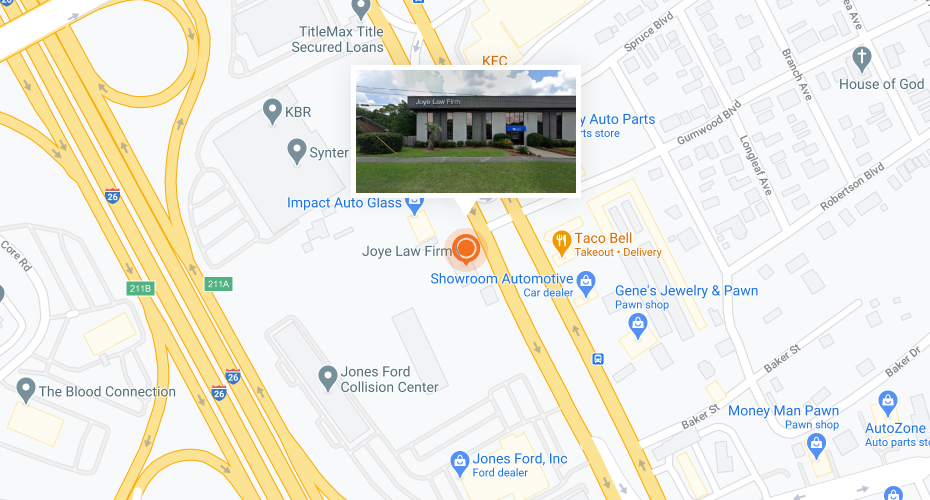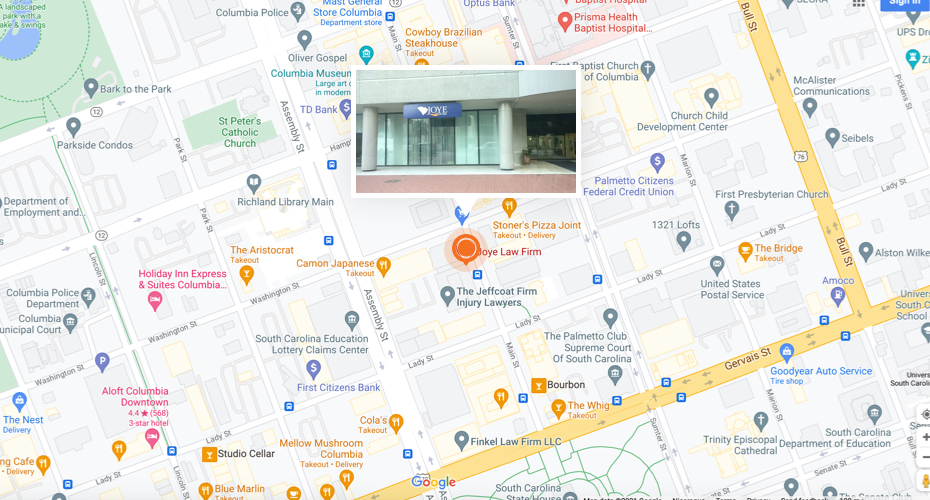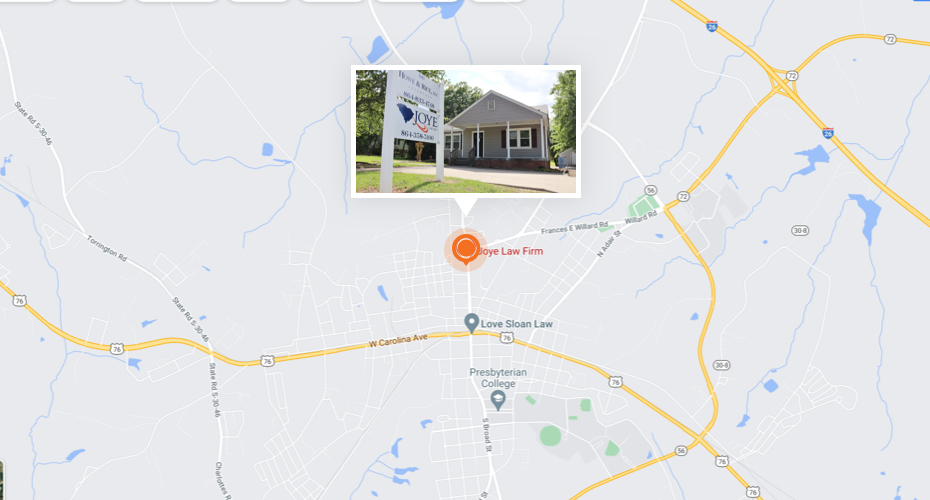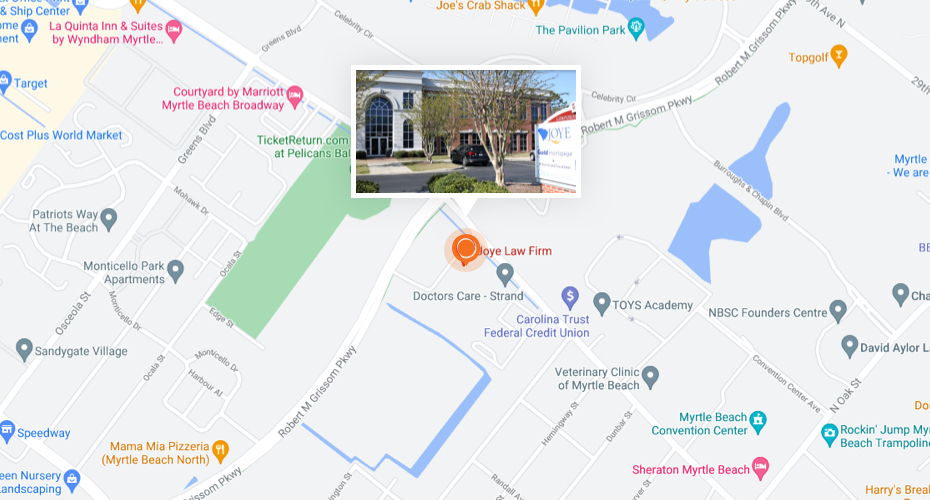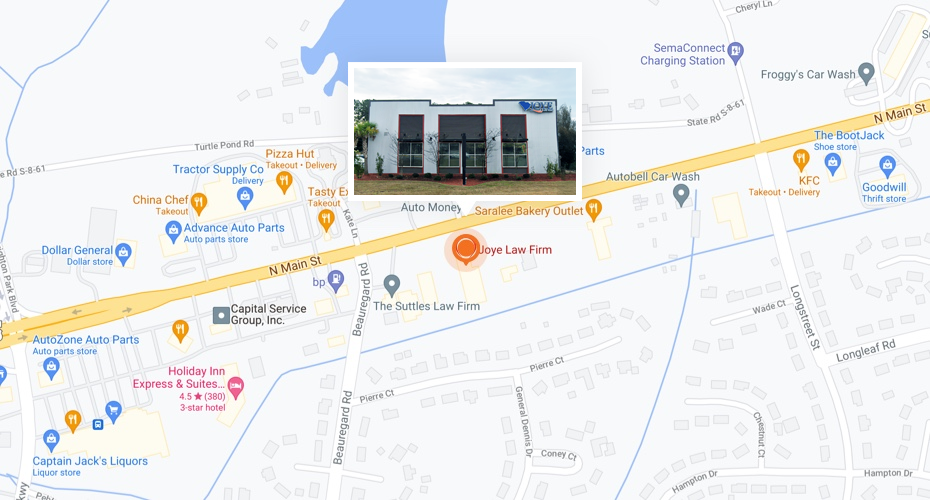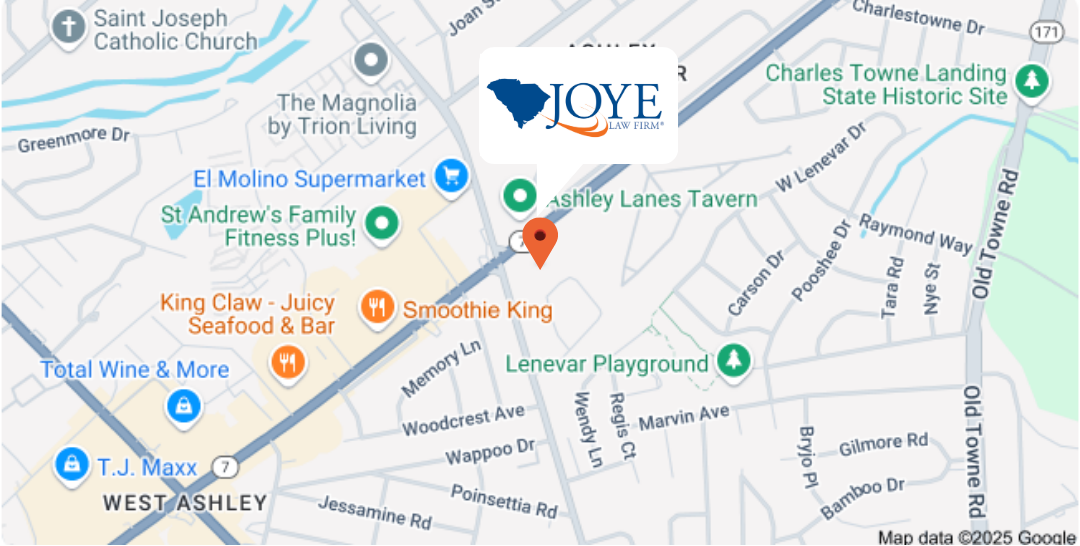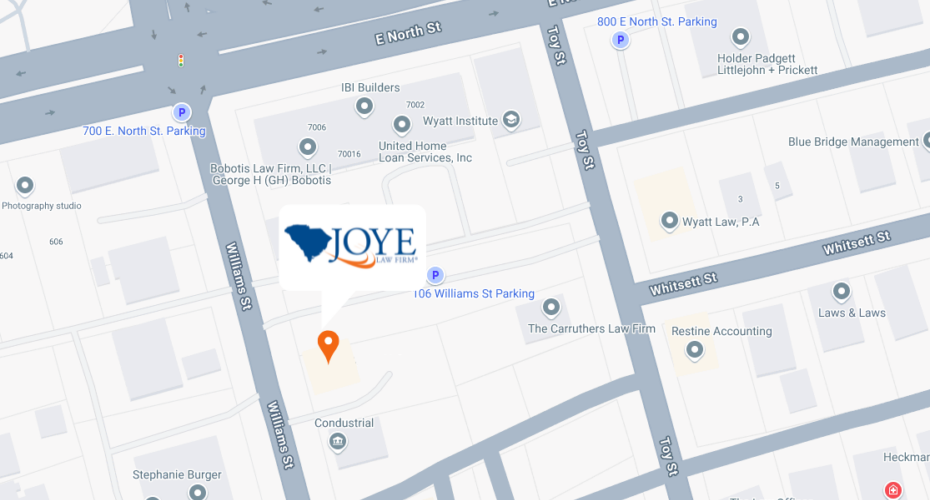Being involved in an accident that leaves you with physical and emotional wounds can complicate your life. The situation becomes more stressful if your insurance coverage or the at-fault party’s coverage is limited. This obstacle means you must know how to navigate insurance policies to help you get the maximum amount. In unique situations like these, an experienced injury lawyer can assist you with receiving compensation beyond the policy limit.
Lawyers can get more money on behalf of their clients because they understand state laws and procedures regarding bad faith claims and collecting excess judgments. This blog post will help you understand insurance policy limits and how to make sure you’re not leaving any money on the table.
Policy Limits in Insurance Policies Explained
Policy limits are the highest amount an insurance company should legally pay you to cover the losses incurred after an accident. The amount payable depends on the limits set at the onset of the policy. For example, suppose the at-fault party had a liability insurance policy of $40,000 for an auto accident. In that case, this is the maximum amount an injured victim could receive from the insurance claim for injuries and damages.
Policy limits vary depending on the type of insurance a person has and the specific policy chosen. For instance, the policyholder sets the coverage limit in liability insurance, while underinsured/uninsured insurance coverage can have separate limits within the coverage. The following table outlines the three types of coverage available:
| Auto Accident Policy Coverage | What is Covered |
| Per person, bodily injury | Coverage of medical bills and associated losses for each person. |
| Per accident, bodily injury | Coverage of the total amount for the combined injuries in all the people affected. |
| Property damage | Compensation for vehicle damages and other property-related losses. |
When to Initiate a Policy Limit Settlement
If you believe your damages exceed the at-fault party’s coverage, pursuing a policy limit settlement is the best strategy. Agreeing to a settlement saves you time and resources that would be lost during lengthy court processes, and you are more likely to get the maximum payout. However, you must prove your actual damages by quantifying them and providing documentation as evidence. You should have records regarding:
- Medical bills.
- Lost wages.
- Future care needs.
- Pain and suffering.
Ensure you obtained all the above evidence before starting the settlement. Rushing into it can cause you to receive inadequate compensation. For example, it would be difficult to negotiate the cost of your future medical care for your injuries without consulting a doctor. To avoid costly oversights, an attorney can evaluate your case, assess damages, and recommend an effective strategy.
What You Can Get from a Policy Limit Settlement Demand
Once you assess your injuries and damages, you can make a formal request to the insurance company, referred to as a policy limit settlement demand. You can send this document whenever you’re ready to settle the personal injury claim within the at-fault party’s insurance policy limit. The benefits of using this approach include:
- Maximum available compensation.
- Quick claim resolution.
- Simplified claims process.
- Preservation of policyholder’s assets.
- Avoid lengthy legal battles.
- Minimize risk of bad faith claims.
Experienced North Charleston personal injury lawyers from Joy Law Firm always make it our mission to help vulnerable victims reap these benefits.
Legal Options for Pursuing Additional Compensation
Sometimes you may wish to consider pursuing additional compensation if the insurance company disputes its liability or attempts to act in bad faith. You may also consider this option if the damages exceed the policy limit. The following are legal ways to pursue additional compensation:
- Suing the at-fault party: You can take legal action directly against the person responsible for your injuries. This strategy involves getting the court to hold them personally accountable for your additional damages.
- Exploring excess liability coverage: Some people have an umbrella policy besides their primary coverage. Use this option if you discover that the at-fault party has extra coverage beyond the coverage you’ve already pursued.
- Pursuing a claim against third parties: If you believe a third party caused your injuries, you can consider suing them for additional compensation. For example, you can sue the auto manufacturer if the car had a defective part that may have contributed to the accident.
- Initiating a bad faith insurance claim: Use this option if you can prove the insurance company acted in bad faith or unfairly while handling your claim (for example, by unfairly delaying or denying a valid claim).
Navigating insurance policy limits in personal injury cases can be exhausting, and you may still receive less than the maximum compensation possible. A lawyer can help bear the heavy burden of investigating and evaluating the case, negotiating with the insurer, and leading the litigation process.
Contact South Carolina Injury Lawyers at Joye Law Firm
Joye Law Firm has a wealth of experience convincing insurance companies to offer a full settlement and avoid going to court. Contact us today and let us help you receive the maximum value of your insurance claim.









